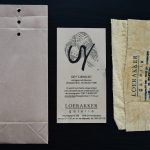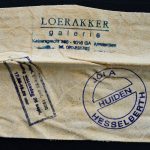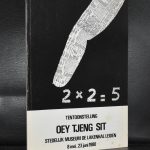
Dutch Minimalism is a distinctive style in art and design that emerged in the Netherlands in the 1960s. It is characterized by a pared-down aesthetic that emphasizes simplicity, clarity, and functionality. One of the most prominent figures in Dutch Minimalism is Bert Loerakker, whose work has been celebrated for its precision, elegance, and understated beauty. This essay will explore the background and development of Dutch Minimalism, analyze the artistic style of Bert Loerakker, and assess the impact and significance of his work on contemporary art and design.
Background and Overview of Dutch Minimalism emerged in the context of the broader Minimalist movement that swept through Europe and the United States in the 1960s. It was a reaction against the excesses of Abstract Expressionism and sought to strip art and design of any extraneous elements. In the Netherlands, Dutch Minimalism was influenced by the country’s long tradition of design excellence, as well as the influence of other minimalist styles such as the Bauhaus and De Stijl. The characteristics of Dutch Minimalism include a focus on geometric shapes, primary colors, and simple forms. It emphasizes the use of industrial materials such as steel, concrete, and glass, and values functionality and practicality over ornamentation. Compared to other minimalist styles, Dutch Minimalism is known for its precision, attention to detail, and subtle use of color and texture.
Bert Loerakker was born in 1948 in the Netherlands and trained as a goldsmith before turning to sculpture and design. He has become one of the most celebrated Dutch Minimalist artists, known for his exquisite craftsmanship and minimalist aesthetic. Loerakker’s work is characterized by its geometric shapes, clean lines, and use of industrial materials such as stainless steel, aluminum, and glass. Loerakker’s signature style involves a meticulous attention to detail and a focus on precision and balance. He often works with modular forms that can be combined in different ways to create complex, multi-dimensional structures. His sculptures and installations are often site-specific, designed to interact with the surrounding environment and create a sense of harmony and balance.
www.ftn-books.com has several Loerakker titles now available and a painting from the former Salco Tromp Meesters for sale.




































































